Camping Recipes:
Foil Packet Cooking
100 Foil Packet Recipes
for Campfires and Grills
Bonnie Scott
Camping Recipes: Foil Packet Cooking Copyright: Bonnie Scott Published: 9 th July 2013 All rights reserved. No part of this publication may be reproduced, stored in retrieval system, copied in any form or by any means, electronic, mechanical, photocopying, recording or otherwise transmitted without written permission from the publisher. You must not circulate this book in any format.
CONTENTS
Foil Packet Tips
Dont be frugal with the amount of foil to be used for each packet. It is better to have too much foil than not enough foil; you dont want your food to spill down into the fire. Too much foil can always be folded over.
Spraying the foil with non-stick cooking spray like Pam works wonders. Sometimes the food still sticks to the foil, but will easily be removed with gentle prodding. The best foil to use for outdoor cooking is heavy duty aluminum foil. If only standard aluminum foil is available, use 2 or more thicknesses of foil for each packet. Always put the meat on the bottom when adding your ingredients because meats will take the longest to cook. Place the packets on hot coals or a campfire grill, not directly in the fire itself.
Charcoal will take about 30 minutes to be ready for cooking. Rotate the packets 1/4 turn a couple of times during cooking. Open the packet and check the food when it should be finished cooking, being careful of the steam. Cut all the vegetables to be about the same size so they will cook evenly. When food is cooked, open one end of the foil packet carefully or cut a large X across the top of each one to allow steam to escape; open top or fold back foil. Remember that campfires and grills will vary in heat, so it is best to check with a meat thermometer for safe cooking.
The USDA recommends the following internal temperatures as a minimum for a safe temperature. This is not necessarily the degree of doneness you want for your food; it is merely the minimum internal temperature. After the food reaches the safe minimum temperature, determine how much longer to cook the food for optimum flavor. For example - Beef: Cook ground beef and hamburgers to 160 degrees F. Roasts and steaks 145 degrees F for rare, 160 degrees F for medium and 175 degrees F for well done.
| Safe Minimum Internal Temperature Chart |
| Food | F |
| Ground Meat & Meat Mixtures |
| Beef, Pork, Veal, Lamb | |
| Turkey, Chicken | |
| Fresh Beef, Pork, Veal, Lamb |
| Steaks, roasts, chops | * |
| Ham |
| Fresh (raw) | * |
| Precooked (to reheat) | |
| * as measured with a food thermometer before removing meat from the heat source. For safety and quality, allow meat to rest for at least three minutes before carving or consuming. For reasons of personal preference, consumers may choose to cook meat to higher temperatures. |
| Poultry |
| Chicken and Turkey, whole | |
| Poultry pieces | |
| Duck & Goose | |
| Stuffing (cooked alone or in bird) | |
Chart reprinted from http://www.fsis.usda.gov/wps/portal/fsis/topics/food-safety-education/get-answers/food-safety-fact-sheets/safe-food-handling/kitchen-companion-your-safe-food-handbook/ct_index

Flat Packets
The flat packet is best to cook meat and fish . The flat packet doesn't allow for as much steam as the tent packet and meat and fish require browning rather than steaming. 1. For each packet, tear off a piece of heavy duty foil 18" x 1 8" or the size the recipe designates.
If you are using standard aluminum foil, double or triple the sheets. 2. Spray the foil with non-stick cooking spray. It doesnt matter which side of the foil you place the ingredients in either the shiny side or dull side will work fine. 
3.  4.
4.  4.
4.
Grab each of the longer sides and bring them together in the center of the packet. 
5. Fold the edges of the long sides together. Tightly fold them again several times and crimp well.  Keep folding until the foil is flat against the food.
Keep folding until the foil is flat against the food. 
6.
Fold each short end over and crimp well. Keep folding the short ends until they also reach the food . 


Tent Packets
Tent packets are best used to cook vegetables or fruits and meats combined with vegetables . The tent packet allows for more steam to circulate through the packet. 1. Tear off a piece of heavy duty foil 18" x 24" or the size the recipe designates, for each packet.
The foil should be at least twice as long as the ingredients you are wrapping up. If you are using standard aluminum foil, double or triple the sheets. 2. Spray the foil with non-stick cooking spray. 
3.  4.
4.  4.
4.
Grab each of the longer sides and bring them together in the center of the packet. 
5. Fold the edges of the long sides together, folding over about an inch.  For the "tent", leave several inches of air space between the foil and the food - hence the term "tent". Tightly crimp the edges and fold the edges again if need be until only 2 or 3 inches of space is in the packet.
For the "tent", leave several inches of air space between the foil and the food - hence the term "tent". Tightly crimp the edges and fold the edges again if need be until only 2 or 3 inches of space is in the packet. 

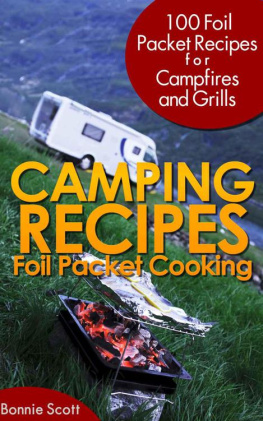

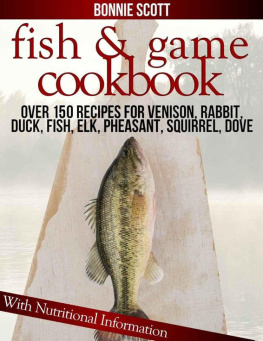

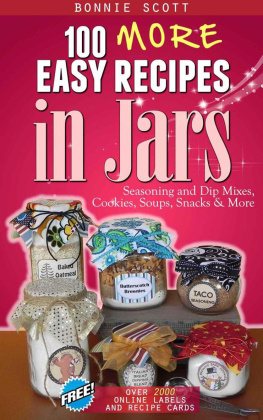
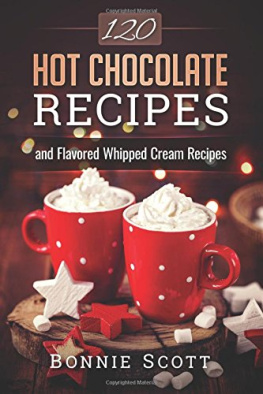
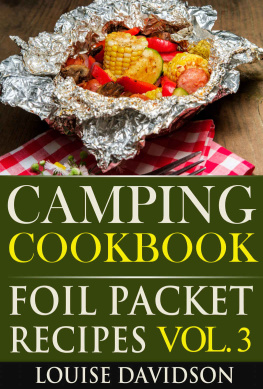
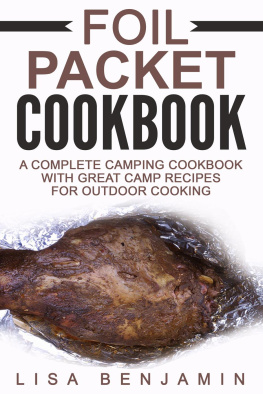


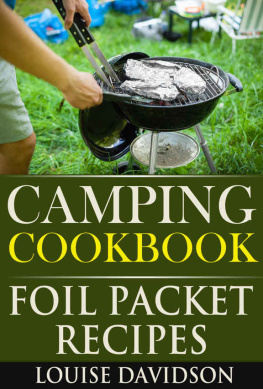
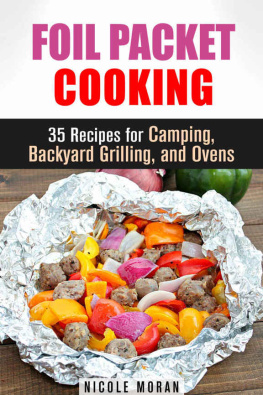
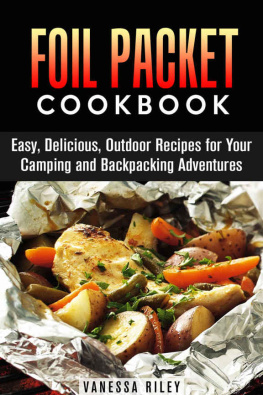
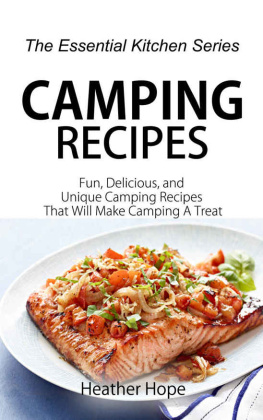
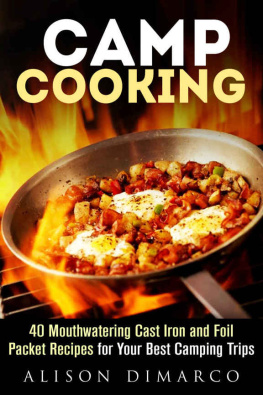
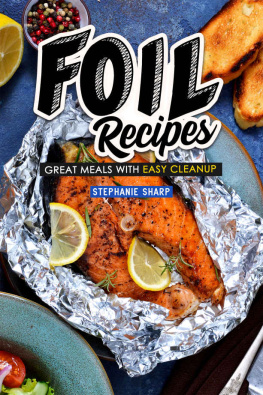


 4.
4. 
 Keep folding until the foil is flat against the food.
Keep folding until the foil is flat against the food. 




 4.
4. 
 For the "tent", leave several inches of air space between the foil and the food - hence the term "tent". Tightly crimp the edges and fold the edges again if need be until only 2 or 3 inches of space is in the packet.
For the "tent", leave several inches of air space between the foil and the food - hence the term "tent". Tightly crimp the edges and fold the edges again if need be until only 2 or 3 inches of space is in the packet. 